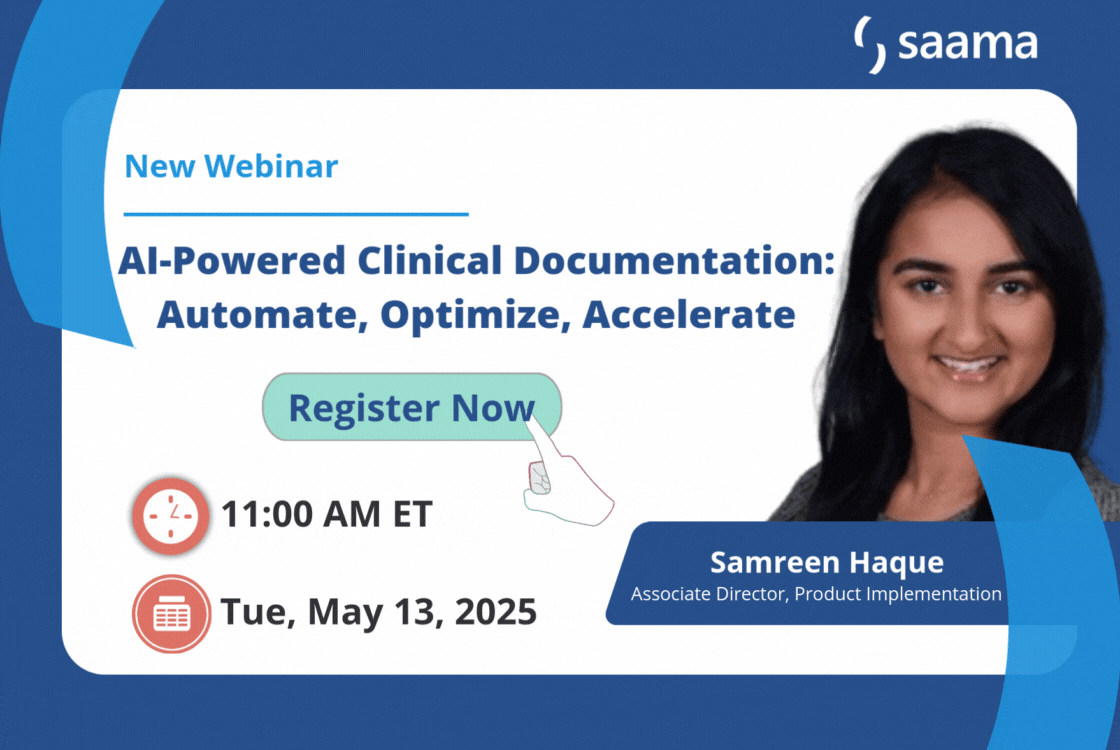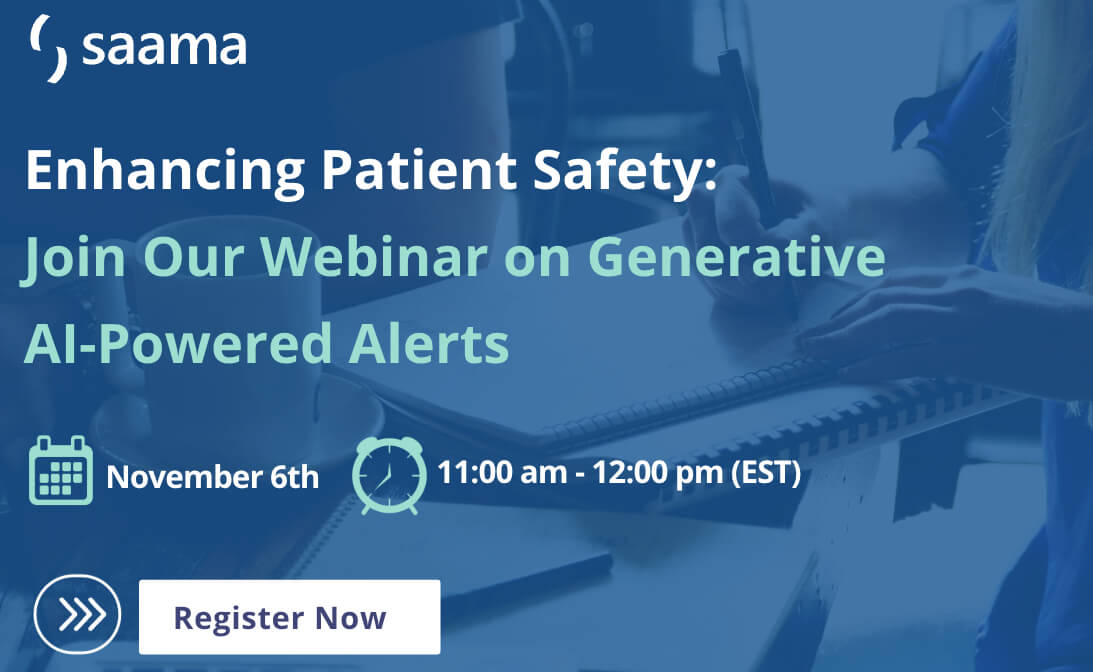very time you look at your phone or computer or TV, all you see is headlines about ChatGPT and the growing array of generative AI tools. These technologies have the potential to change the world of analytics forever — and the journey has just begun.
We’re seeing the potential impact of Generative AI — on a wide variety of fields — every day. It has demonstrated to the public what well-trained AI models can accomplish. What’s most impressive is the vast amount of data on which it is trained.
Chat GPT is trained to answer all kinds of questions and requests, like a search engine. However, unlike traditional search engines — which provide links to possible answers — ChatGPT provides direct answers. This places the user at the top of the chain, while freeing up valuable time for more productive activities. However, it doesn’t mean that all the answers provided are 100% correct, which might leave the user looking for a second opinion
As we marvel at the brilliance of this technology, some important questions arise about such powerful tools:
- How does it integrate with analytics tools?
- What is the impact on the user experience?
- Can it answer all my questions — and can it answer them correctly and sufficiently?
- Is it there yet?
- What are some of the issues?
Before we delve into these questions, let’s first gain a basic understanding of what ChatGPT is and how it operates.
What is ChatGPT?
Created by Open AI, ChatGPT is a natural language processing (NLP) model that uses deep learning to produce human-like responses to textual input. It’s based on the GPT-3.5 and GPT-4 families of large learning models, and has been fine-tuned to use both supervised and reinforcement learning models. ChatGPT can be trained on a broad range of tasks, including language translation, text summarization, conversational AI, and possibly many more.
How does ChatGPT work?
ChatGPT utilizes a technique known as “transformer-based language modeling.” It examines a large collection of text to learn patterns and relationships between words, phrases and sentences. Once trained, it can generate responses to new text inputs by predicting the most probable next word or sequence of words.
As AI continues to evolve, we’re clearly on the cusp of a historic technological movement — and the life sciences industry (including Saama) will be a crucial part of it. Check back soon for our next blog post to learn more about how Chat GPT can be used to support analytics in the life sciences industry.

